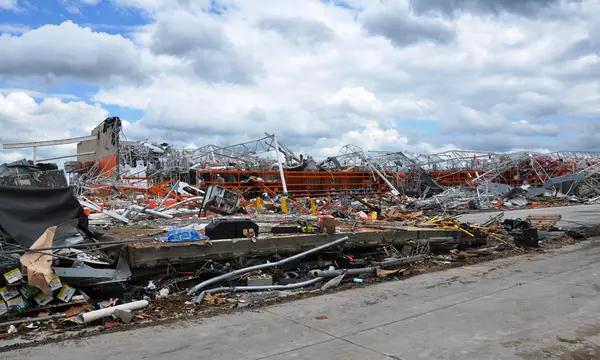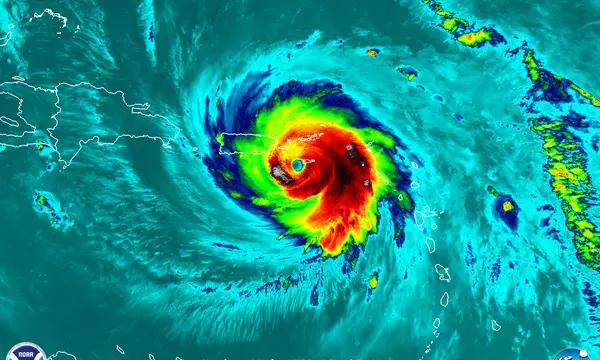NIST Works With Nashua County to Increase Community Resilience
Research Programs
Community Resilience Program
To develop the technical basis for tools to assess resilience and enable science-based investment decisions for communities of all sizes. To form a Community Resilience Panel, develop a Community Resilience Planning Guide and associated Implementation Guidelines to achieve community resilience.
Earthquake Risk Reduction in Buildings and Infrastructure Program
This program has two broad objectives: (1) Develop and deploy advances in measurement science related to earthquake engineering - including performance-based tools, guidelines, and standards for designing buildings to resist earthquake effects and improve building safety, thus enhancing disaster resilience of buildings, infrastructure, and communities; and,(2) Perform the statutory Lead Agency duties for the National Earthquake Hazards Reduction Program (NEHRP).
Engineered Materials for Resilient Infrastructure Program
NIST will advance measurement science tools to reliably assess the performance of sustainable materials for the manufacturing, construction, and transportation industries. These industrial sectors must meet demands for higher performance, multi-functionality, and for longer life to ensure a sustainable economy. New sustainable products, based on nanotechnology, recycled or by-product materials, hierarchical composite materials, and manufacturing processes, are continually introduced to consumers. The challenge for producers and users of these products is a lack of measurement science tools to support the evaluation of sustainable technologies. This program will develop measurement science tools that help industry make informed decisions regarding sustainability of materials: utilizing new technologies or materials to increase performance and high-throughput methodologies for accurate service life prediction.
Structural Performance for Multi-hazards Program
This program addresses the gap between basic research and building codes, standards, and practice through measurement science research to: (1) predict structural performance up to failure under extreme loading conditions: (2) assess and evaluate the ability of existing structures to withstand extreme loads; (3) design new buildings and retrofit existing buildings using cost-effective, performance-based methods; and (4) derive lessons learned from disasters and failures involving structures. The program enhances the resilience and robustness of structures by focusing primarily on cross-cutting research topics including prevention of disproportionate collapse and disaster and failure studies, along with the specific hazards of extreme winds and coastal inundation. This program also carries out statutory activities required for the implementation of the NIST National Construction Safety Team (NCST) Act (2002); the National Windstorm Impact Reduction Act (2004); and the Fire Prevention and Control Act (1974).
News and Updates
Projects and Programs
Software
Awards
Contacts
-
(301) 975-2585
-
(301) 975-4260











